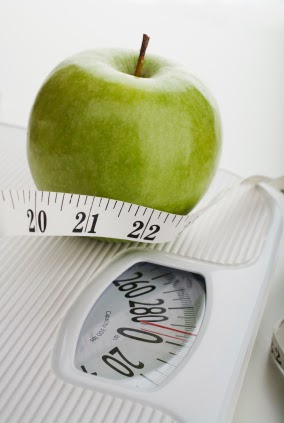Did you know that Easter
is one of biggest candy consuming holidays in the U.S. coming in second only to
Halloween? Every year American’s spend
over $2 billion on Easter candy! About
70 percent of all Easter candy sold is chocolate.
Before you head to the
candy aisle at your local grocery store, let’s take a look at some Easter candy
favorites and we’ll let you decide if all those calories and sugar is worth it.
Marshmallow Peeps
Serving Size 5 chicks
Calories 140, Total Fat 0g, Sat Fat 0g, Sodium 15g, Total Carb 36g, Sugars 34g
No Easter basket is complete
without Marshmallow Peeps! You may be
thinking – wow, no fat! And each Peep is only 28 calories? – but have you
noticed how much sugar makes up this marshmallow goodness? The are 36g carbohydrates (0g fiber), which
is about 12% your recommended daily value.
To burn off one serving of Marshallow Peeps, you would have to perform Circuit
Training for approximately 16 minutes*. If
you’re like me and can’t pass them up, buy the single serving pack to avoid overindulging!
Reece’s Peanut Butter
Egg
Serving Size 1 egg
Calories 190, Total Fat 10g, Sat Fat 3g, Sodium 135mg, Total Carb 18g, Sugars
16g
Each individually wrapped
egg is 190 calories and contains a lot of fat, sodium, carbohydrates, and sugars. They are highly processed and you would have
to walk or run about 2 miles* to burn off each one of these delicious eggs.
Reece’s Pieces Peanut
Butter Eggs
Serving Size 12 eggs
Calories 190, Total Fat 9g, Sat Fat 8g, Sodium 45mg, Total Carb 24g, Sugars 21g
Check out the amount of
saturated fat! Saturated fats are fatty
acids with a single bond between the carbon atoms. They increase LDL cholesterol (the bad kind)
and consuming too much can increase the risk of heart disease and stroke. The American Heart Association recommends
limiting the amount of saturated fat to less than 7% of daily calorie totals
(or approximately 140 calories in a 2,000 calorie/day diet). Burn off these calories by jumping rope for
about 16 minutes* or spend 19 minutes* stair climbing.
Cadbury Mini Eggs
Serving Size 12 eggs
Calories 190, Total Fat 8g, Sat Fat 5g, Sodium 30mg, Total Carb 28g, Sugars 27g
Cadbury Eggs are a very
popular Easter candy but they boast a high calorie count, high fat content,
high in carbohydrates (only 1g fiber), and contain a lot of sugar. If you eat Cadbury Mini Eggs, you should
spend about 25 minutes* on the Rowing Machine or 28 minutes* on the Elliptical.
Starburst Jelly Beans
Serving Size 1.5oz (about
1/4 cup)
Calories 150, Total Fat 0g, Sat Fat 0g, Sodium 20mg, Total Carb 37g,
Sugars 29g
How can anyone resist Jelly Beans on Easter Sunday? The positive is there is no
fat in the Starburst version. The
negative is the high carbohydrate and sugar content. To burn 150 calories, try aqua jogging for
about 13 minutes* or hit the driving range for 40 minutes*. Like all candy, eat in moderation!
Happy Easter!
*All suggestions are based
off an estimate calorie burn for a 140 pound female. Exercise intensity, body weight, gender, age, and fitness levels can affect on the
actual amount burned.









